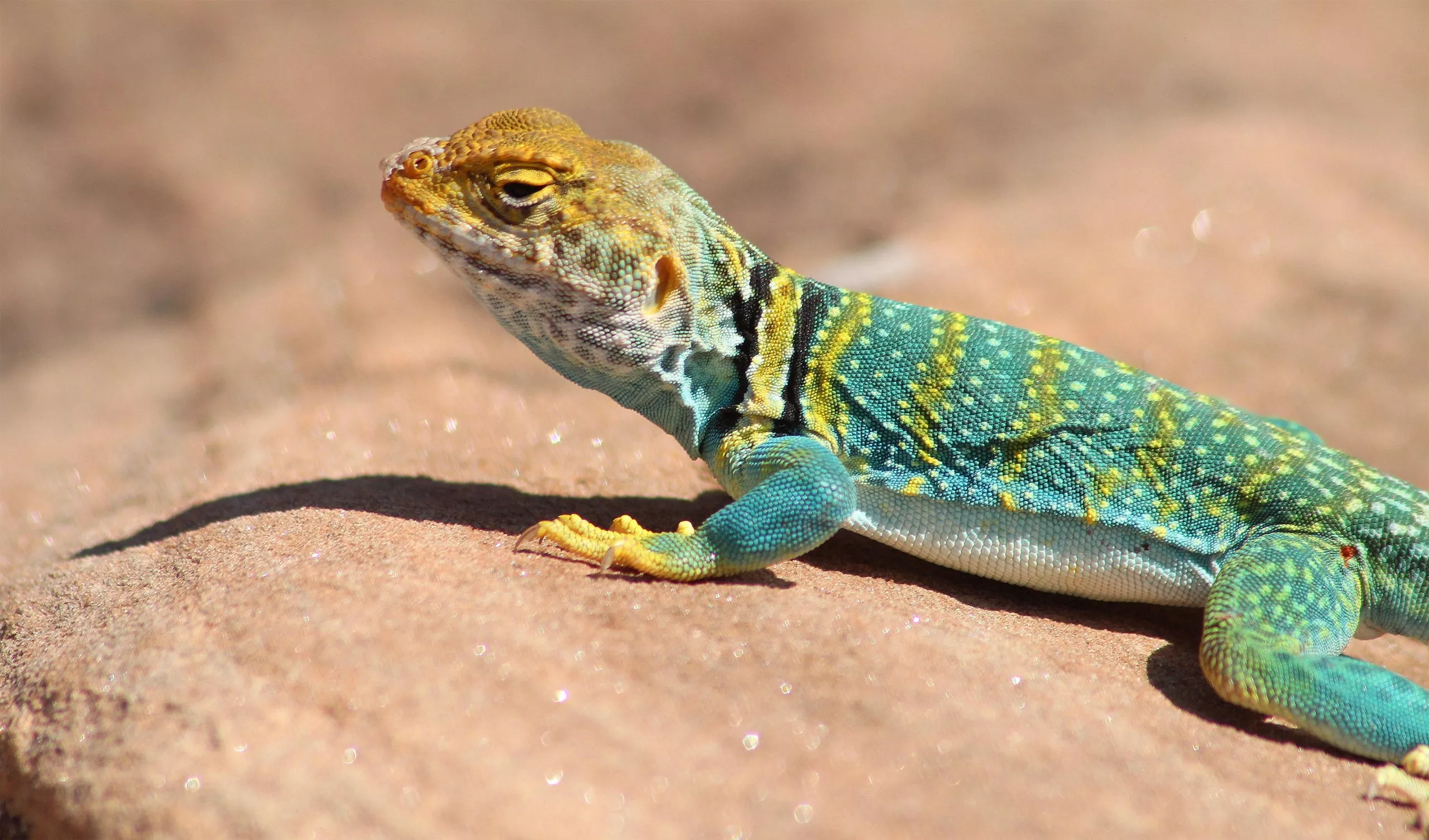On May 3 local time, scientists from the Catalan Institute of paleontology Miquel crusafont (ICP) and the University of Bristol published a new study in the Journal eLife, which challenged the current consensus that the radiation of scale animals occurred in the Cretaceous.
It was during the Cretaceous that the so-called four legged animals, such as the rise of land animals and the diversity of birds, experienced the revolution.

Now, a new study led by the ICP and Dr arnau Bolet, a paleontologist at the University of Bristol, suggests that scaly animals radiate much earlier. Together with colleagues from the school of Earth Sciences at the University of Bristol, Professor Michael Benton, Dr. Tom Stubbs and Jorge Herrera Flores, their research concluded that this group of reptiles may have achieved diversified adaptability in the Jurassic, far earlier than current estimates.
"Even though there were very few scaled animals in the Jurassic, the reconstructed evolutionary tree shows that all the major specialties of scaled animals evolved at that time, and it is possible to distinguish geckos, iguanas, weasels, insect lizards and snakes about 50 million years earlier than people thought," explained Michael Benton, co-author of the study, "But how can the scarce Jurassic fossils indicate an early outbreak of evolution? The key lies in their anatomy."

The few Jurassic scaly animals did not show the original form as expected, but they are directly related to the diversified modern groups. Arnau Bolet, the first author of the research paper, said: "what we found in the Jurassic is not a set of common lizards found on the trunk of scaly animals, but the first representatives of many modern groups and show advanced morphological features."
It is reported that the observed differentiation time, morphological space map and evolution rate all show that the Jurassic is an innovative period of Squamata evolution, during which the basis for the success of this group has been established. Based on these results, the obvious sudden increase in diversity observed in the Cretaceous may be related to the improvement of the fossil record. It is reported that the record can record more species or outbreaks of new species related to new species of forests and insects.
Squamata is the largest order of reptiles, including lizards, snakes and worm lizards. Scaly animals are cold-blooded animals whose skin is covered with horny scales. They are a key part of modern terrestrial fauna, especially in warmer climates, with an amazing diversity of more than 10000 species. However, little is known about the evolutionary path that led to their success.
Determining the radiation time and pattern of scaly animals is not only the key to understand the dynamics of Mesozoic terrestrial ecosystem, but also the key to understand how this kind of animals obtain the amazing diversity of more than 10000 species. Among quadrupeds, only birds can match it.